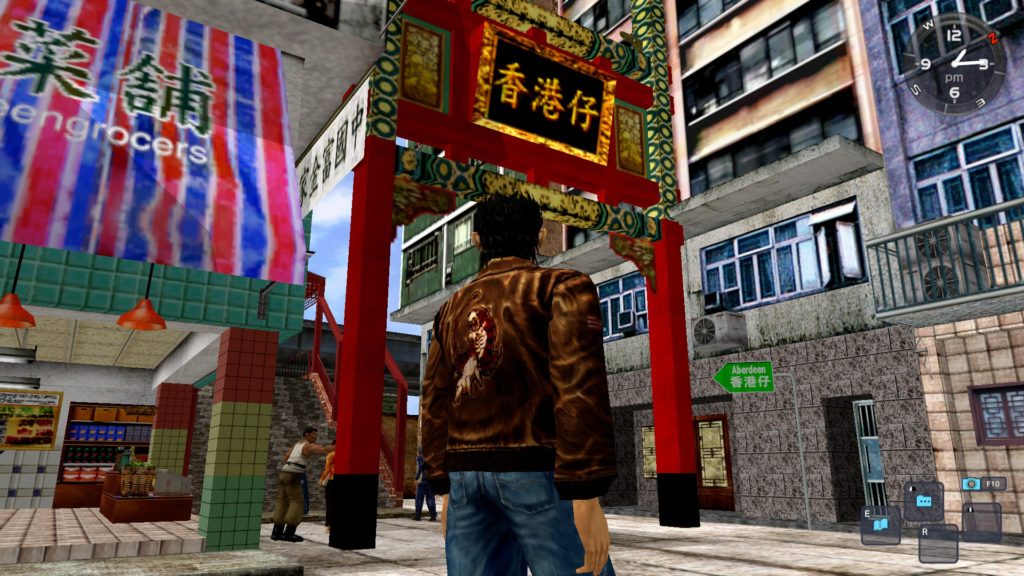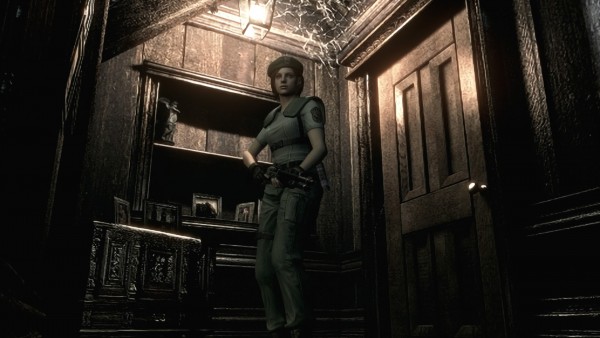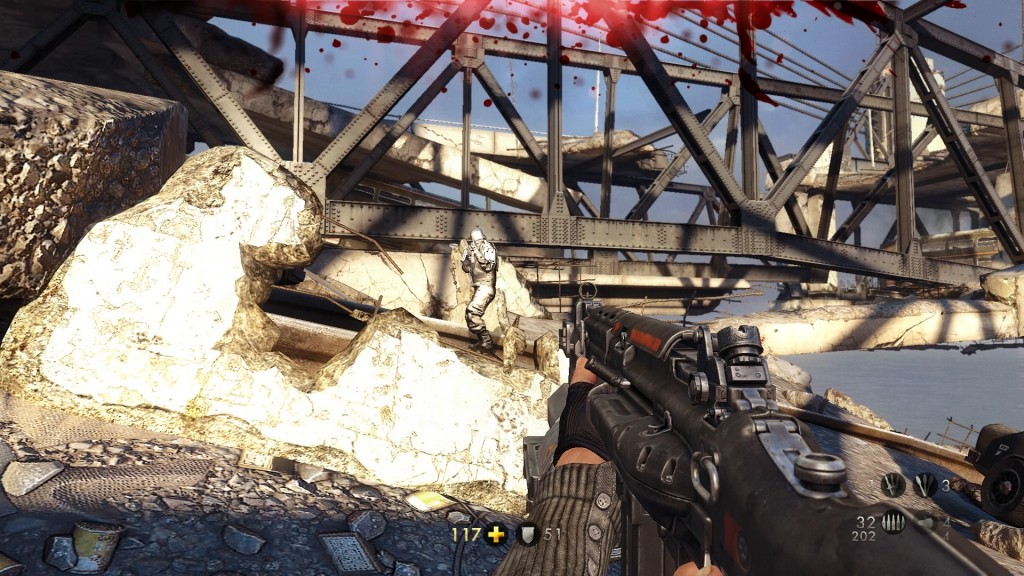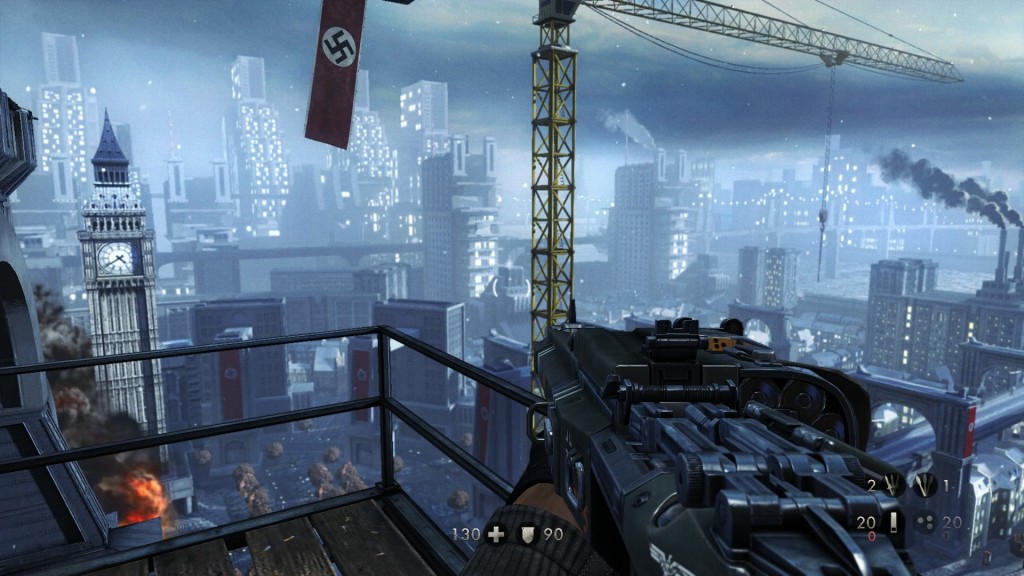While many complain about the dearth of PS5 software – not sure what they expected, given the way new consoles work – I’ve been using mine to partake of some of the best games of the last few years, many of which I skipped due to indifference or poor performance on my launch PS4.
Ratchet & Clank was OK (and free!), Titanfall 2 was superb (also free!), and now I come to another Respawn Entertainment game: the awkwardly punctuated Star Wars Jedi: Fallen Order.
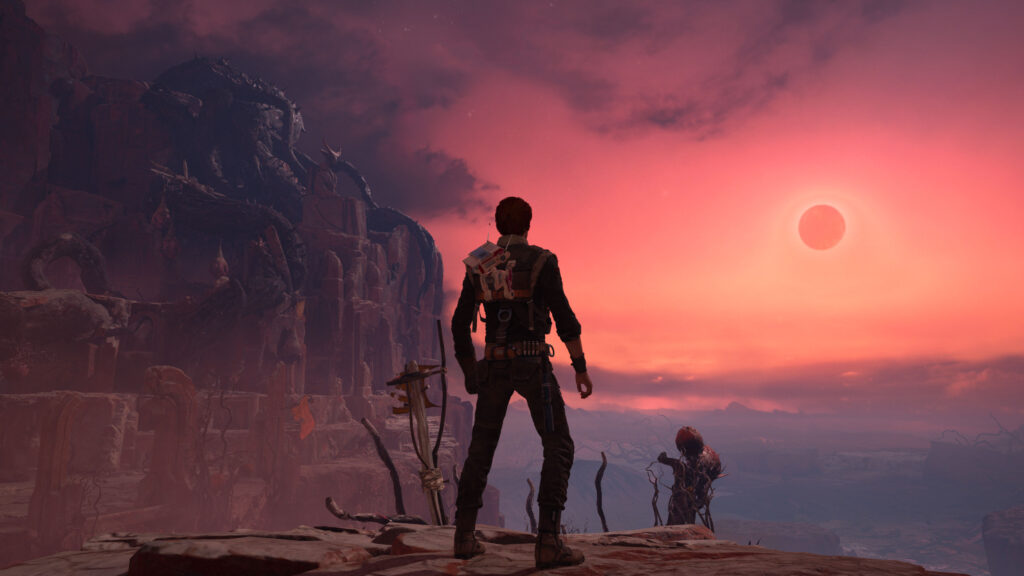
Fallen Order barely has an original bone in its body. The developers have borrowed freely from Metroid, Uncharted and the Souls series in particular – all classics, to be sure, but if originality is important to you, there’s not much of it here. Even Force powers don’t really do much more than The Force Unleashed did years ago, or any more recent action games with telekinetic heroes.
But, frankly, I’ve always been enough of a Star Wars fan that ‘something good but now it’s in the Star Wars universe’ is a winning formula for me, and none more so here. If I’m going to occasionally get spanked by random mooks, better a Scout Trooper or Nightbrother than some skeleton, I say. Mercifully, bonfires meditation circles are more liberally distributed here, though.
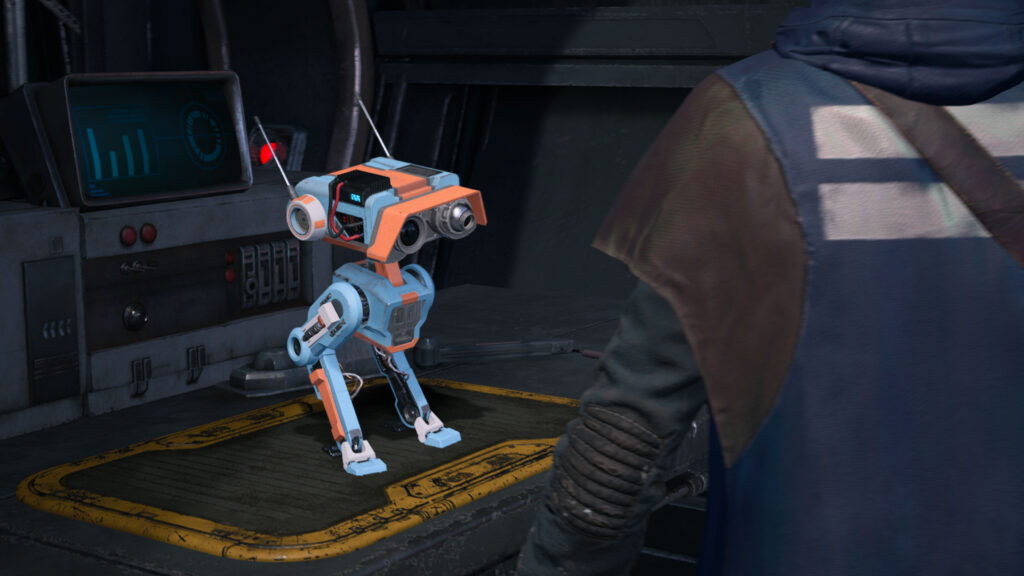
And think about those climbing sequences in Uncharted, but now it’s a crashed Venator-class Star Destroyer, and being spotted devolves into actually enjoyable combat rather than a Naughty Dog gunfight. There’s even that Shadow of the Colossus boss where you climb up his beard, only now for some reason it’s an AT-AT.
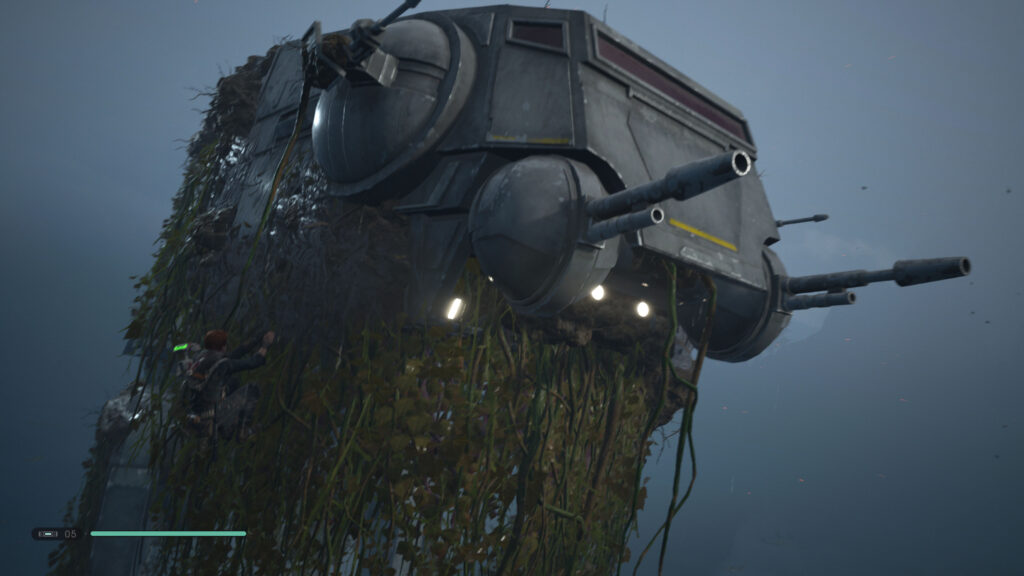
And you know how netting new abilities in Metroid unlocks new areas in previously explored zones? This does that, but new Force abilities are accompanied by flashbacks to Jedi training.
Plenty of Star Wars fan service, too, though not obnoxiously so. You get to play through a formative moment in Cal’s past and Star Wars lore, and it follows Rogue One and Rebels in its brilliantly terrifying treatment of an iconic villain. It even confirms a fan theory that links The Clone Wars and The Force Awakens.
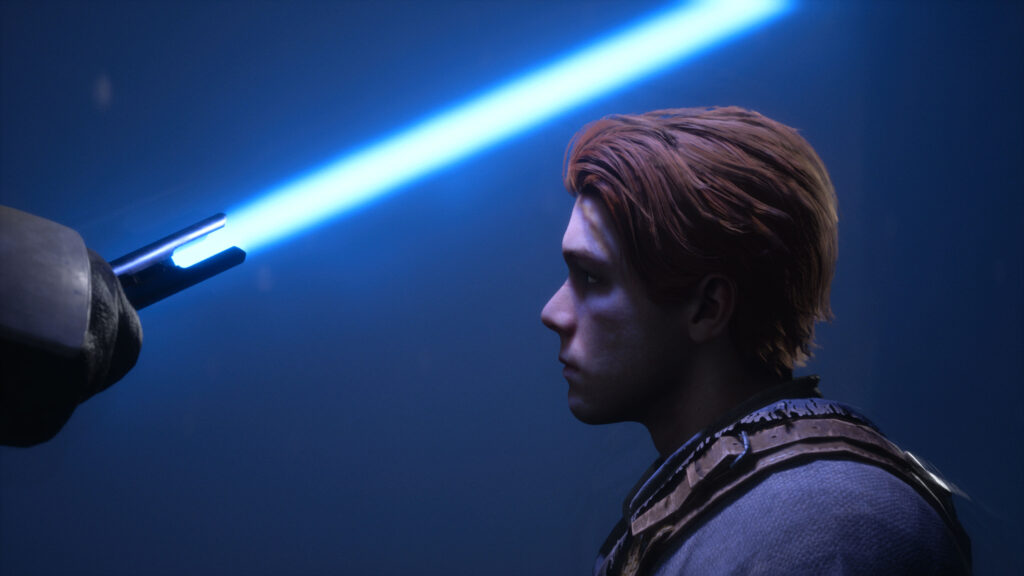
Nostalgia isn’t all it has to lean on, though – which, frankly, is more than can be said about a lot of post-Disney Star Wars. All of these pilfered ideas are executed with quality and the same eye for the cinematic that made Titanfall 2’s campaign so impressive.
There’s a next-gen update for Fallen Order coming in June, so if you’ve so far missed out and are desperate for something to play on that new hardware, it gets my hearty recommendation.

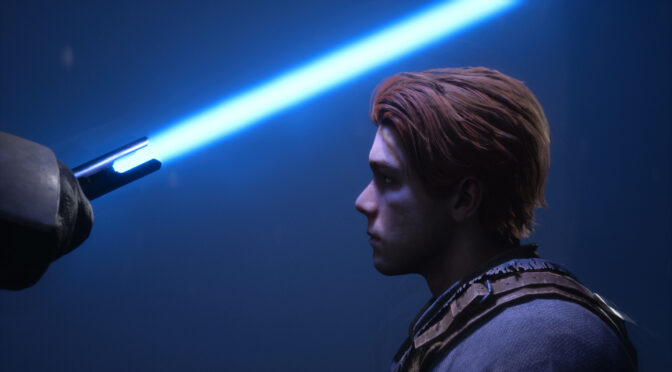
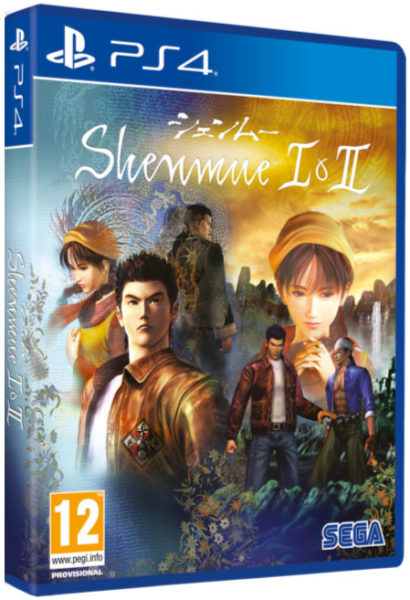 While not as earth-shattering as the
While not as earth-shattering as the 